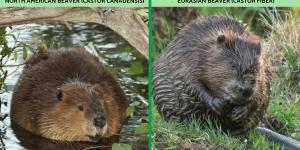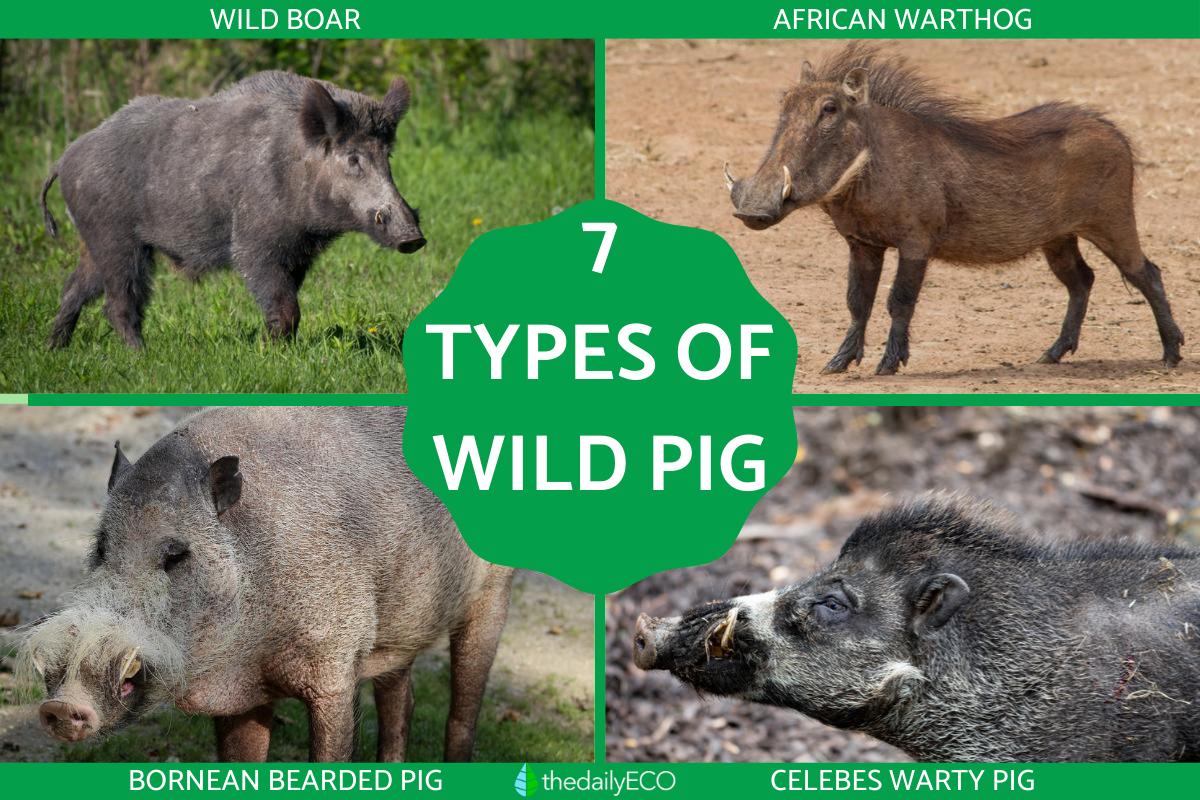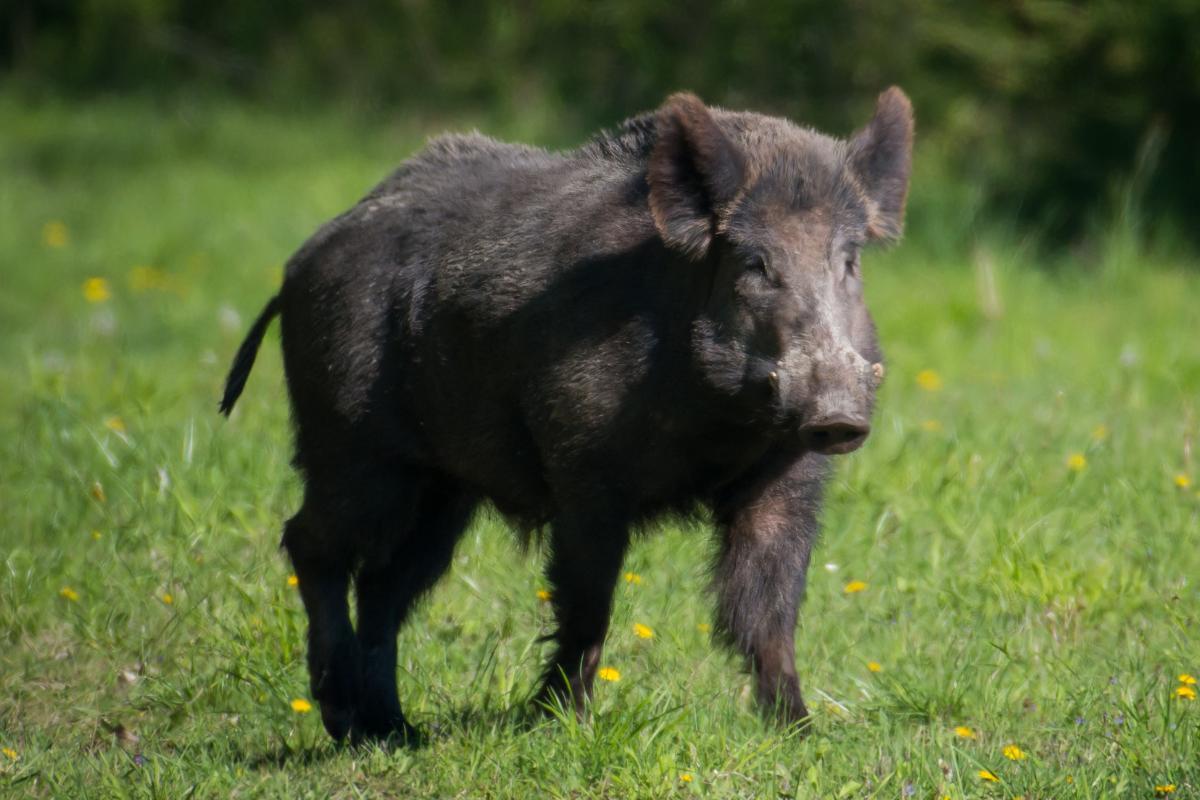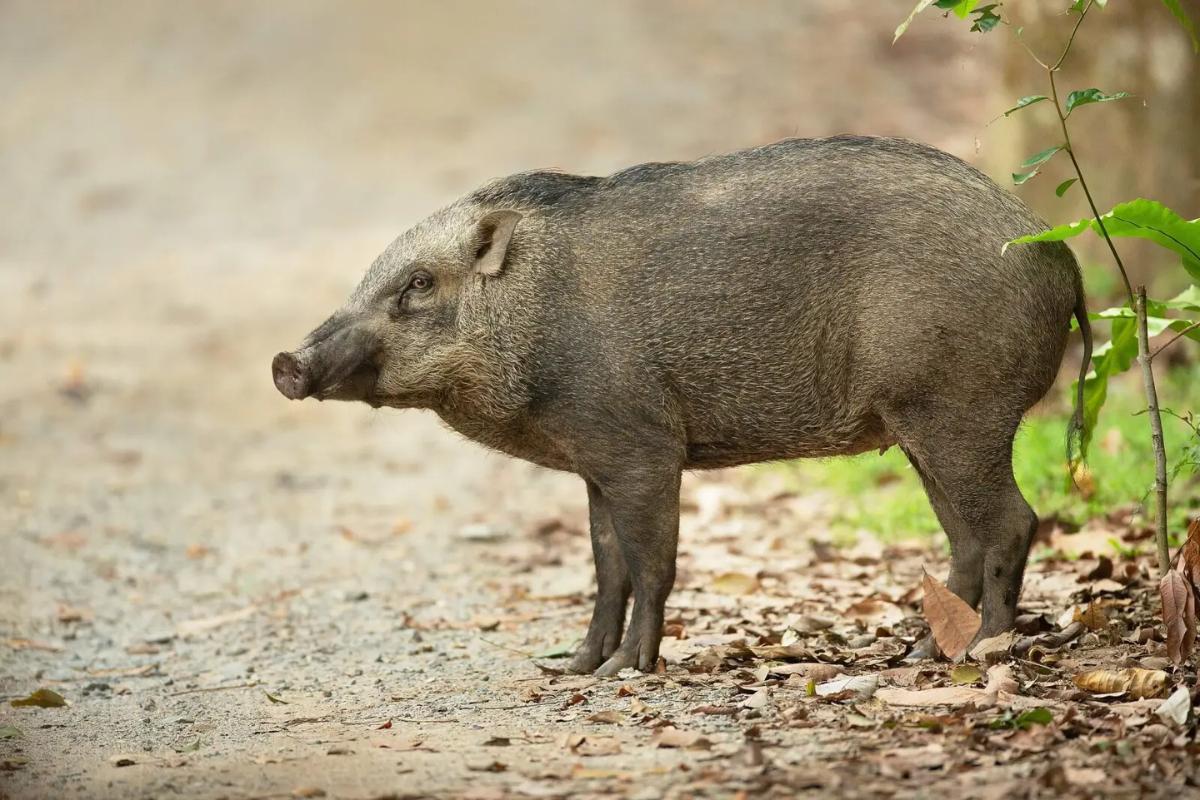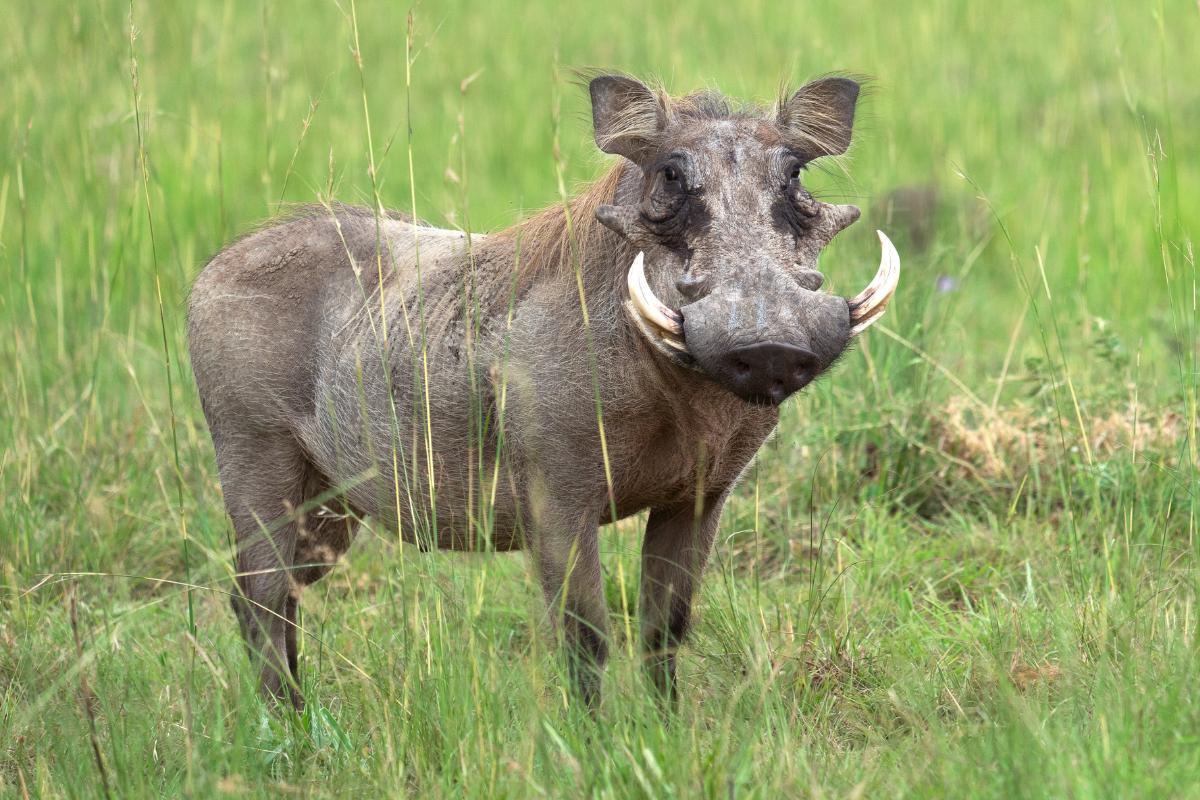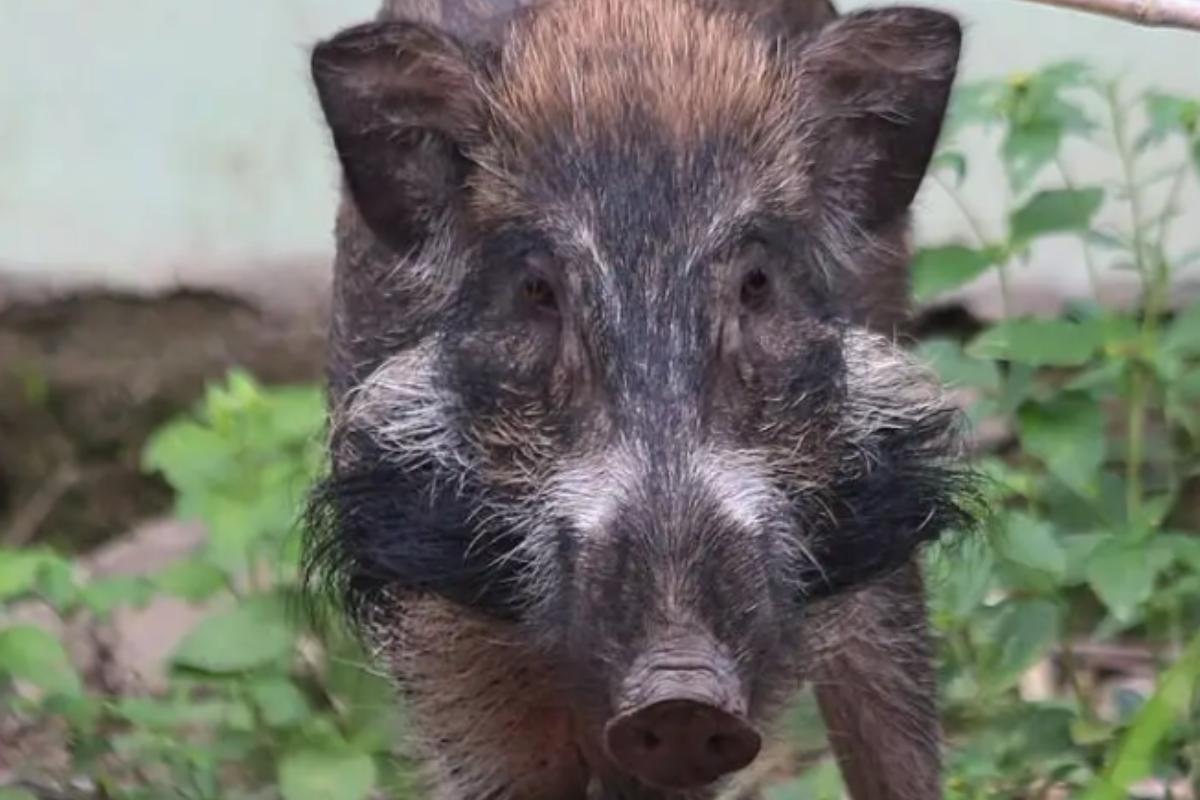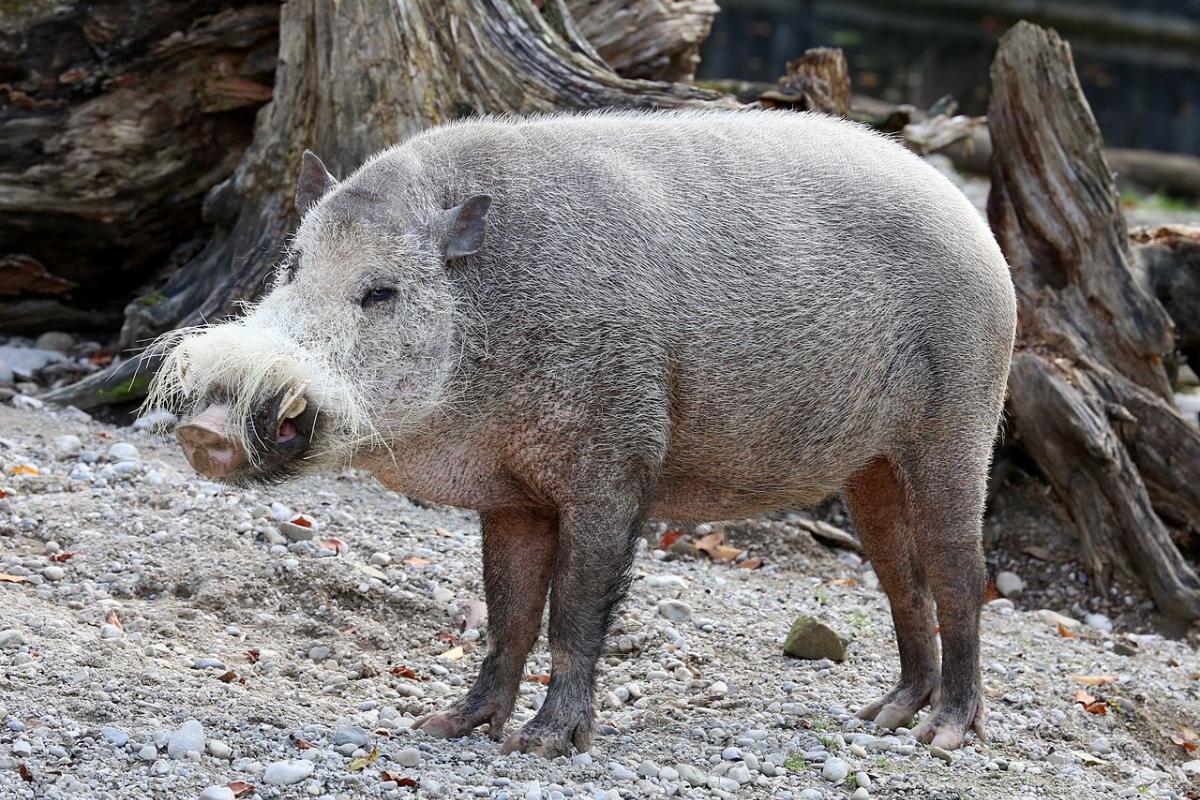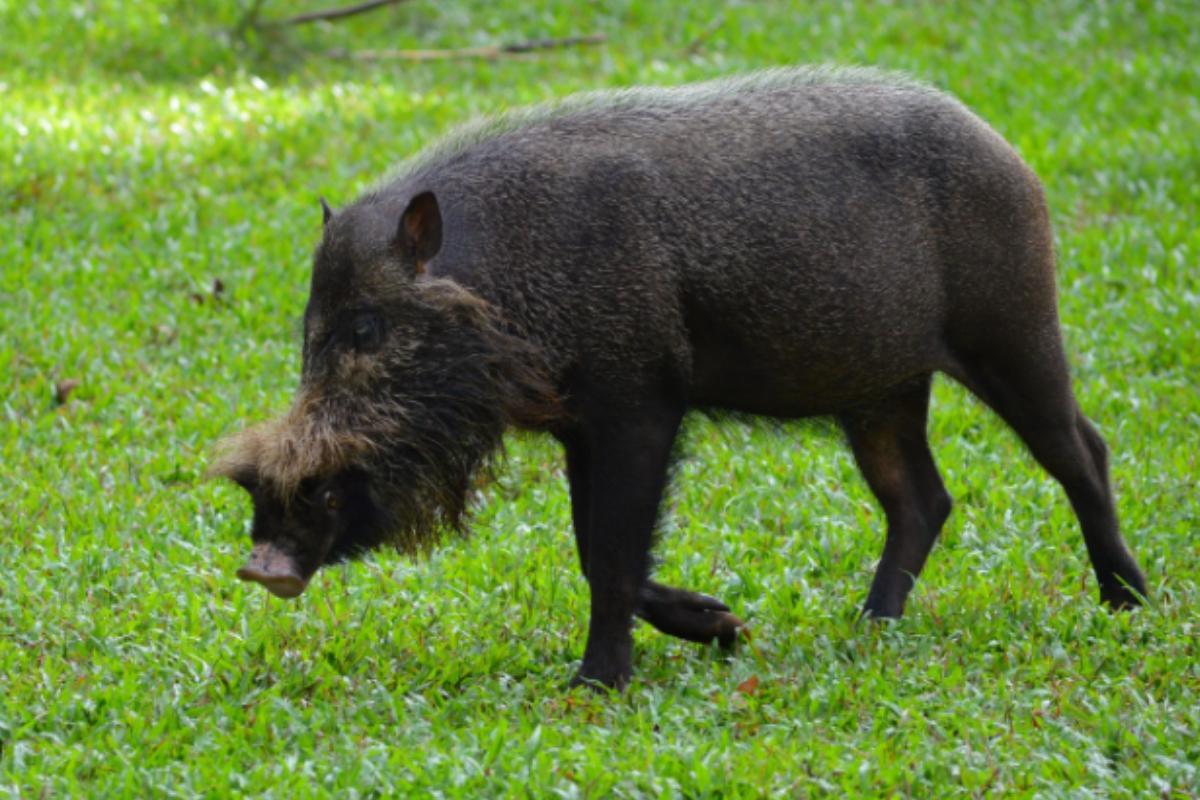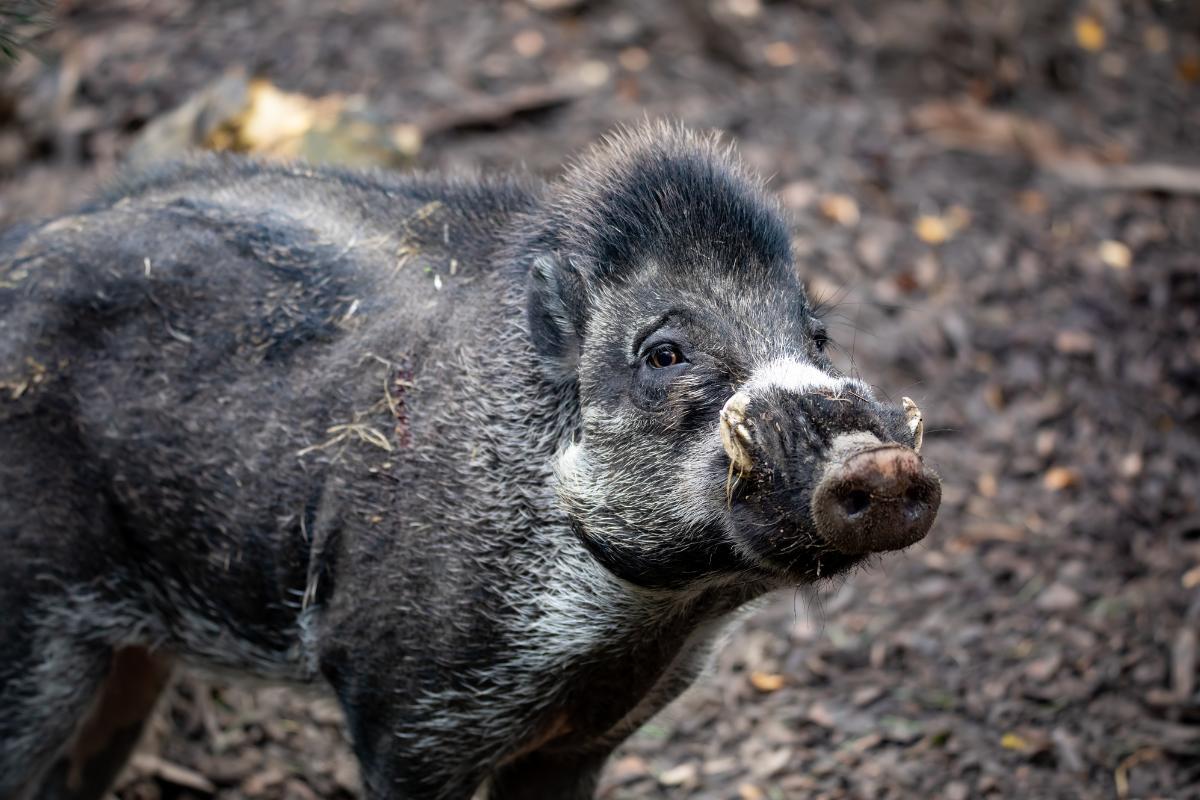Different Types of Wild Pigs


We may be aware of domestic pigs (Sus domesticus), even that there are many different breeds. However, this is only one species of animal from the family Suidae, also known as pigs or swine. There are various wild species in this family which can live in almost any corner of the world, although they seem to have originated in Europe and Africa. These pigs include animals such as boars, warthogs and other species of wild pig which you may not have realised were swine. At thedailyECO, we help to shine a light by sharing 7 different types of wild pigs.
Wild boar
The wild boar (Sus scrofa) is a species native to Europe, Asia and North Africa that has been introduced into other countries such as Argentina and Chile. In these non-native countries, it poses a major threat as an invasive species. It competes with other animals and can even damage vegetation and soil. They are also known as the Eurasian wild pig, common wild pig or wild swine.
Its body is massive, being bulky and not very agile. However, it can run fast and charge if cornered. Their elongated snout is rather mobile. Their tusks grow continuously, with the lower ones protruding from the oral cavity and curving backwards. Their dark fur is thick and rough. Females and their young form large social groups known as herds, containing up to 200 individuals. Males tend to be solitary. This is the animal from which the domestic pig was derived.
You can learn a group to which all species of wild pig belong by reading our article on even-toed ungulates.
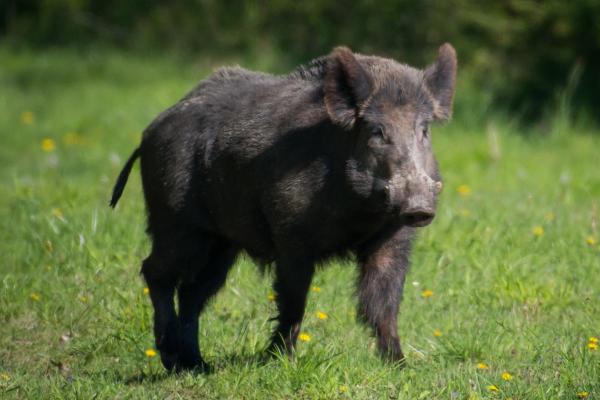
Indonesian wild boar
Also known as the banded pig, the Indonesian wild boar (Sus scrofa vittatus) is a subspecies of wild boar found throughout the Malay Peninsula, the islands of Indonesia and the Lesser Islands as far east as Komodo. Compared to other species, it has more primitive dentition, an unspecialized skull and sparse body fur.
The Indonesian wild boar also has a distinctive, lighter marking on its snout. Because of its specialized diet, it is highly frugivorous and feeds on over 50 different species of fruit, playing a key role in dispersing their seeds. On the islands of Komodo, Rinca and Flores, it is preyed upon by Komodo dragons (Varanus komodoensis).
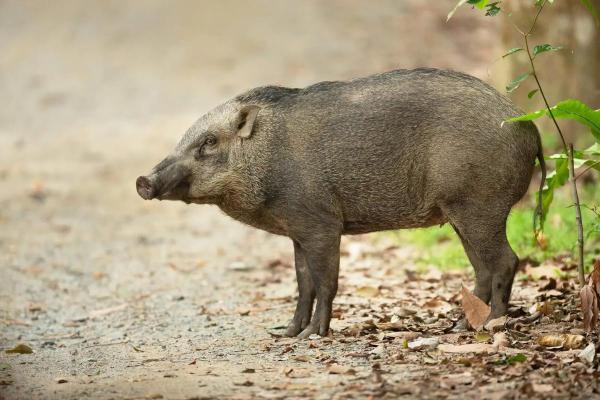
African warthog
The African warthog, common warthog or, simply, warthog (Phacochoerus africanus) is a species native to sub-Saharan Africa. It is also found in scattered populations in West Africa as far south as Eritrea and Ethiopia, in East Africa and across much of the south of the continent. It is a widespread and abundant species and usually inhabits savannah grasslands, open scrub and wooded areas.
Its body is compact, its snout is short and its fur is between grey and reddish in color. Its diet is omnivorous as it can eat everything from fruits, bulbs and grasses to fungi, invertebrates and even small mammals. It usually lives in small groups and is characterized by being a great digger with a sensitive sense of smell.
Discover a famous warthog from film and TV with our article asking what animals were Timon and Pumba?
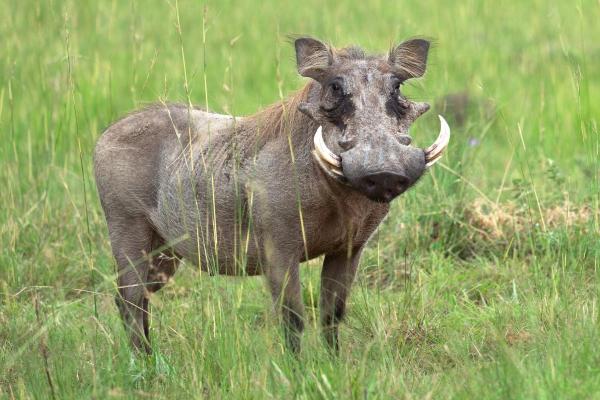
Javan warty pig
Also known as the Javan wild pig, the Javan warty pig (Sus verrucosus) is a species endemic to forest plantations on islands of Java and Bawean in Indonesia. They can sometimes be found near the coasts in remnant fragments of mangroves and swamp forests such as in Pangandaran and Cilacap. You can learn about what a mangrove is, as well as the different animal species which live around them, with our related guide.
The most notable feature of this particular species is the presence of three pairs of warty folds on its face, hence its common name. They also have a long mane that extends from the base of the neck to the back. Unfortunately, it has been classified as an endangered species by the IUCN mainly due to the reduction of its habitat and indiscriminate hunting
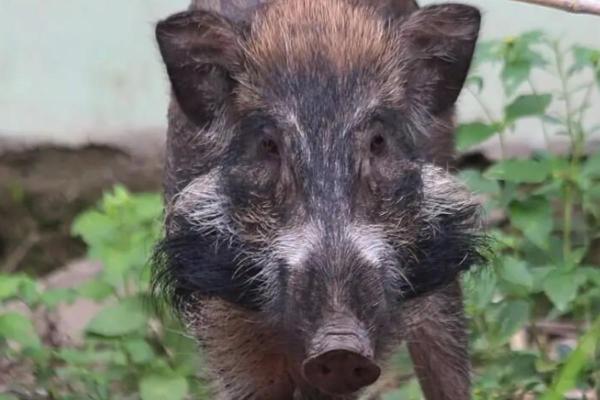
Bornean bearded pig
Also known as the Sunda bearded pig, the Bornean bearded pig (Sus barbatus) has two subspecies known as S. barbatus oi from Sumatra and S. barbatus barbatus endemic to Malaysia, Singapore and Borneo. Both live in diverse habitats, occupying forests, peat bogs and mangroves.
Bearded pigs are omnivores, feeding on roots, fungi, invertebrates, wood, small vertebrates, eggs, carrion and plant material from at least different 29 plant families. Fruit consumption is thought to play a role in determining growth rate and reproduction, with the oil-rich seeds of species in the Fagaceae (oak and chestnut) and Dipterocarpaceae families being particularly important. S. barbatus has been listed as vulnerable by the IUCN due to forest conversion for agriculture, habitat fragmentation and deforestation of dipterocarps, one of its main food sources.
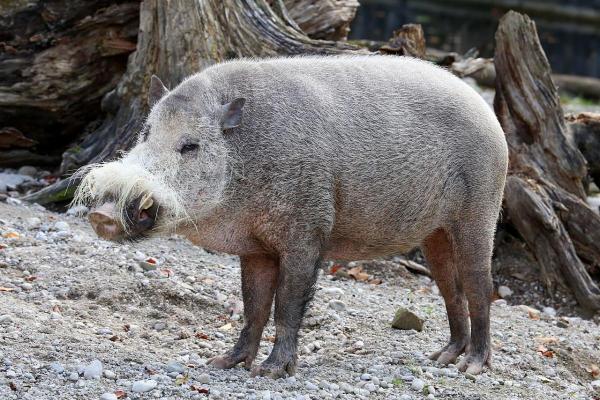
Palawan bearded pig
The Palawan bearded pig (Sus ahoenobarbus) is endemic to the Philippines and has been recorded on the main island of Palawan as well as on some of its larger islands. These include Balabac, Bugsuk, Busuanga, Calauit, Coron, Culion, Dumaran, Linapacan and Pandanan. It inhabits continuous and fragmented forests and montane forests reaching as far as 1,500 meters above sea level.
Due to its large size, it is hunted both for subsistence and for the meat trade. Although the species is legally protected under Philippine law, enforcement of such regulations is not adequately enforced in most areas. For this reason, not only must efforts be increased to ensure that laws can be effectively implemented, but it is essential to add new protected areas. It is also often hunted because it lives near agricultural areas and can damage crops.
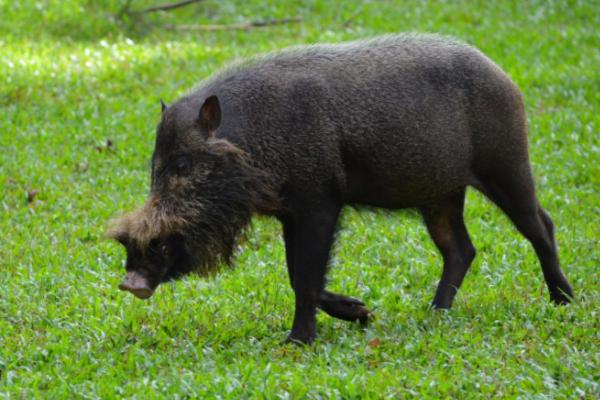
Celebes warty pig
Also known as the Sulawesi warty pig, the Celebes warty pig (Sus celebensis) is endemic to the island of Celebes in Indonesia. It can also be found on neighboring islands such as Buton, Muna, Kabeana, Peleng, Lembeh and some of the Togian Islands. It can occupy a wide variety of habitats, from tropical forests and swamps to open grasslands and agricultural areas.
Like other different types of warthog species, the Celebes warty pig is omnivorous. Although roots, fruits, leaves and young shoots make up the majority of its diet, it will also eat invertebrates, small vertebrates and carrion.
A particular feature is that it has been hybridized with S. scrofa, resulting in a wide variety of domestic and wild pigs. Hunting is one of the main threats it faces, as well as genetic contamination. For these reasons it has been categorized as near threatened by the IUCN.
Now that you have discovered come of the different types of wild pigs, you may want to learn more about another type of mammal with our article on what are ruminant animals?
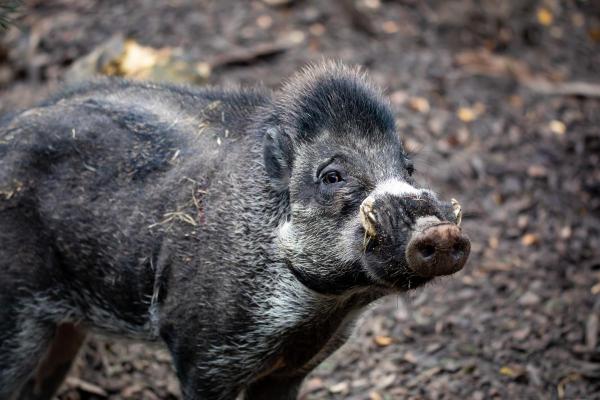
If you want to read similar articles to Different Types of Wild Pigs, we recommend you visit our Wild animals category.
- IUCN (2024). The IUCN Red List of Threatened Species.
https://www.iucnredlist.org - Vaccaro, O., Canevari, M., & Carrizo, E. (2007). Guide to Mammals of Southern South America. 1st. Ed. – Buenos Aires: LOLA, 2007. In: National Parks Administration. System of Biodiversity Information.
https://sib.gob.ar/portada

